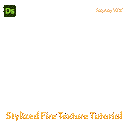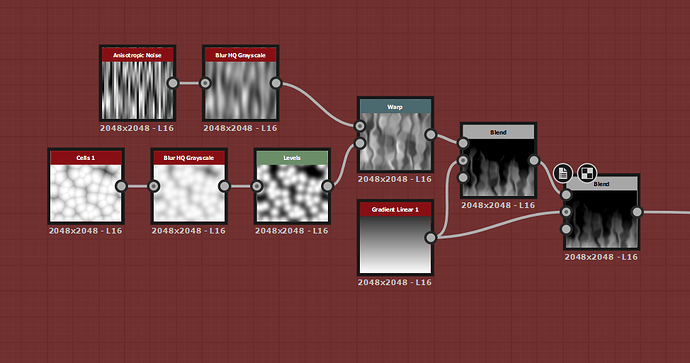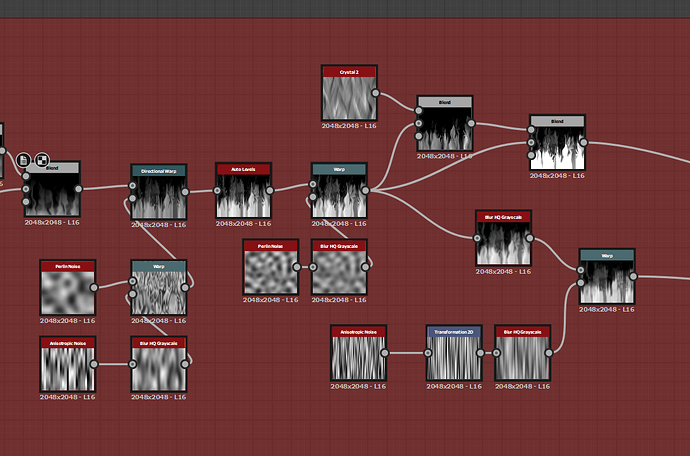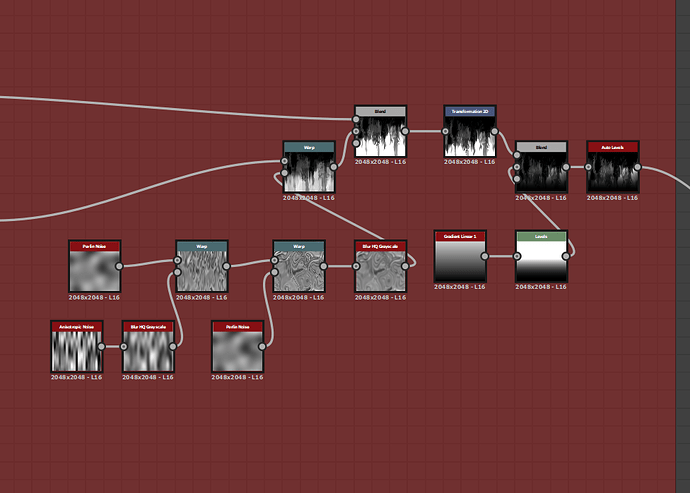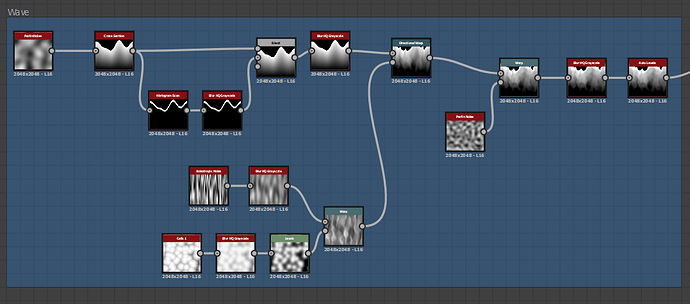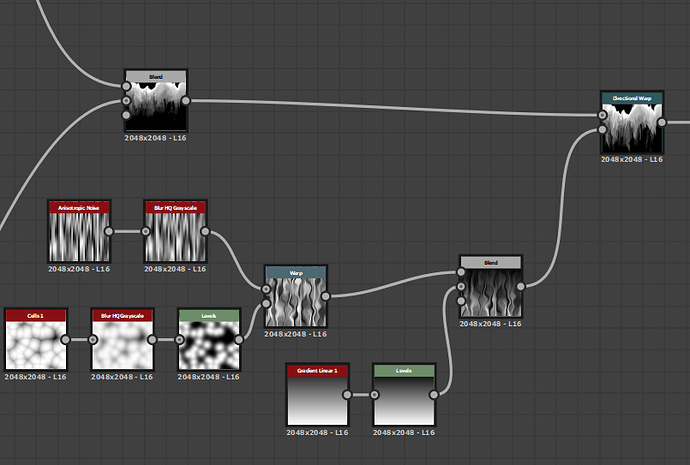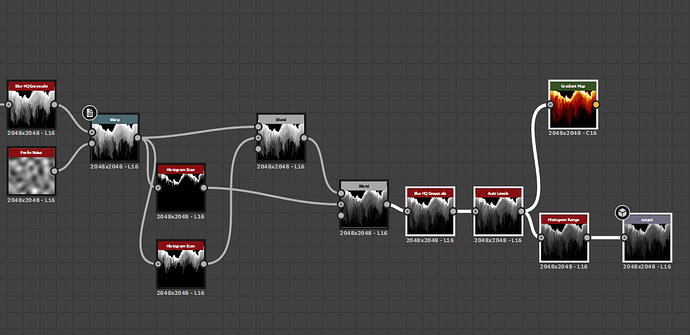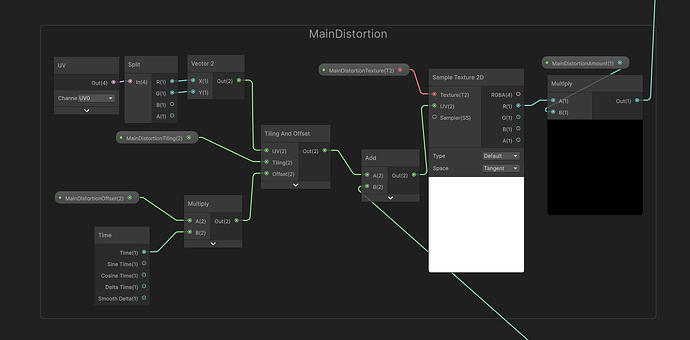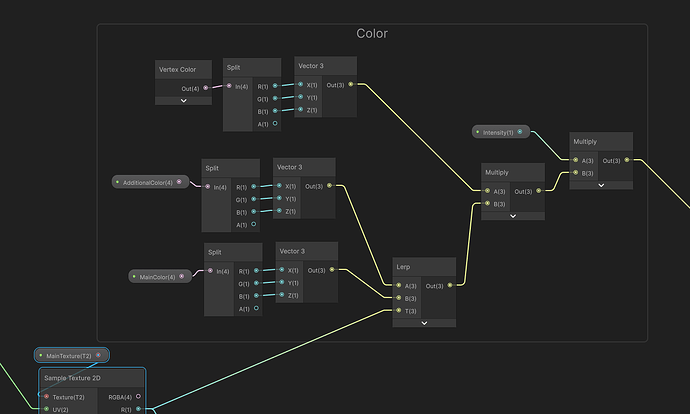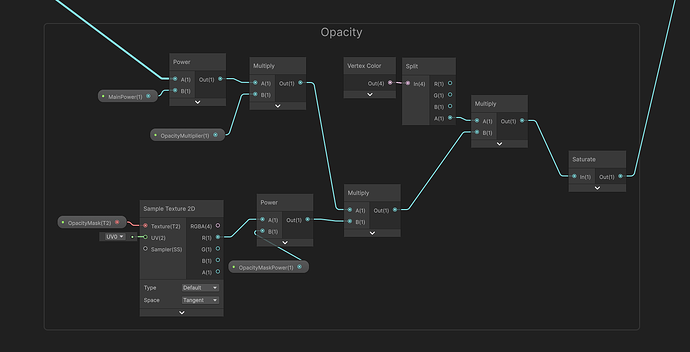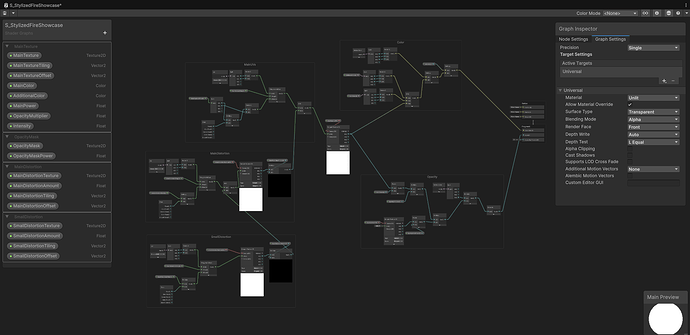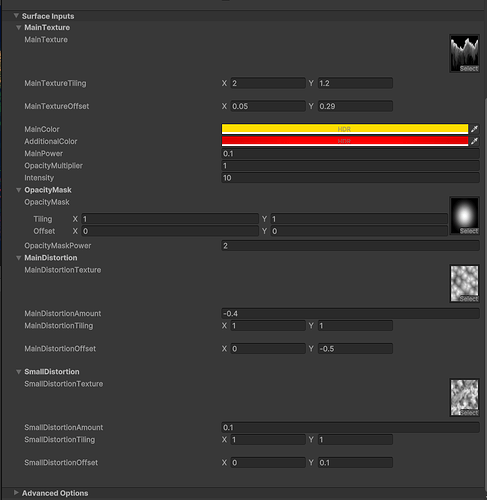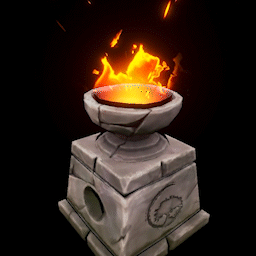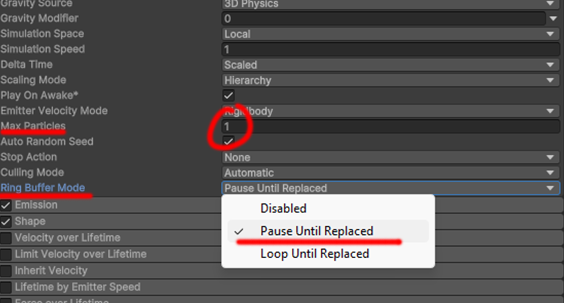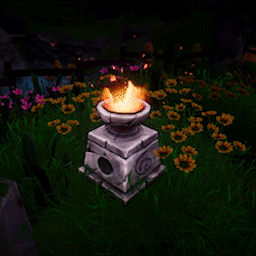 Week 3 — Stylized Fire Particle System
Week 3 — Stylized Fire Particle System
Back then, I thought this was the final step of my little fire journey — but later it turned out there was still more to come: the smoke texture and the heat distortion shader.
At that moment, though, it really felt like a finale — bringing everything together: the procedural texture from Substance Designer and the stylized fire material from Unity into one full particle system that could finally breathe and glow on its own.
 Ember Texture — Substance Designer
Ember Texture — Substance Designer
The heart of this setup is the particle texture.
In stylized effects, texture defines the entire character of motion — whether it feels organic, chaotic, or rhythmic.
Usually, I create one texture at a time and later combine several variations into a flipbook, because that gives me more control over shape and rhythm. But this time I decided to experiment and make all four textures at once — and it saved me a huge amount of time.
I built them using the Tile Sampler node with scattered paraboloids of different sizes and heights.
By combining them with a base mask, I could “push out” small round forms only where the mask allowed — almost like stamping embers out of shape.
Then I warped and layered additional masks and glow until the texture started to look like something burned but still alive — tiny glowing fragments that keep the memory of the flame.
It’s a very quick but powerful way to get unique shapes for particles, and you can change the whole feeling of your fire just by slightly adjusting their density or softness.
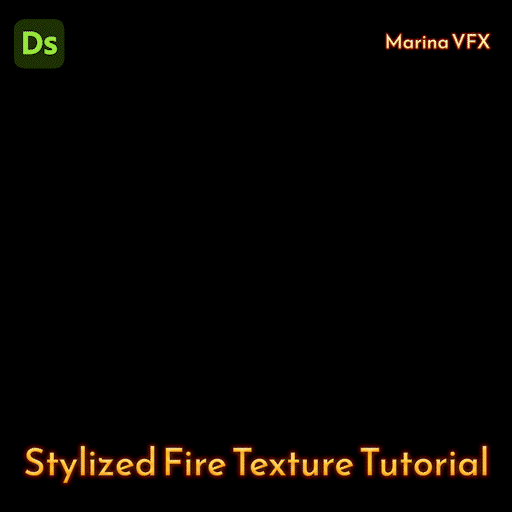
 Technical Tip — Ring Buffer Mode: Pause Until Replaced
Technical Tip — Ring Buffer Mode: Pause Until Replaced
When you build a fire core using a single particle that lives forever, Unity sometimes introduces a strange flicker — a tiny “blink” that happens every time the particle respawns.
It’s easy to miss at first, but once you notice it, it becomes impossible to unsee.
Here’s what’s happening:
if your particle lifetime equals the emitter’s lifetime — for example, 1 second each — the particle will blink every second when it gets respawned.
If both are 5 seconds, it flickers every five seconds, and so on.
The longer the lifetime, the slower the blink — but it never truly disappears.
This setup is common when a particle needs to always exist — like the core of a flame, a glowing crystal, or any continuous effect that should never die.
To fix the flickering, enable Ring Buffer Mode → Pause Until Replaced.
This tells Unity to pause the particle instead of respawning it.
And to make it work properly, set “Max Particles” to 1, so the system knows it’s supposed to maintain just a single, persistent particle.
A tiny checkbox — but it completely changes the behavior, keeping your effect stable and alive.
 Glow Layer
Glow Layer
Once the core is stable, I add two layers of glow — one facing the camera (View alignment) and another horizontal (Local alignment).
The horizontal one gives that soft ember-like warmth at the base, while the camera-facing one creates depth and breathing light.
To make it flicker naturally, I animate color and size curves in a loop — starting and ending on the same values.
It’s a subtle detail, but if the curve doesn’t loop perfectly, the light pulse feels broken instead of rhythmic.
 Contrast Particles
Contrast Particles
Even the brightest fire needs darkness to shine.
I duplicated the emitter, switched to Alpha blending, and created slower, larger dark particles with less energy.
On dark backgrounds they’re almost invisible, but in bright environments they make the whole fire play.
This contrast keeps the effect readable in any lighting — stylized, cinematic, or gameplay.
It’s a small artistic choice that adds a lot of realism and balance to stylized VFX.
 Reflection
Reflection
Recording and building at the same time is always tricky — every tweak takes longer when you explain it aloud.
But this process helped me see how texture, glow, and timing work together to create a believable rhythm — the kind of motion that feels alive even before color correction or post-processing.
Next week, I’ll move on to something that continues this theme:
a Heat Distortion Shader, to give our fire its warmth and shimmering air.

 Full video process:
Full video process:
 Stylized Fire Particle System
Stylized Fire Particle System 
![]()
